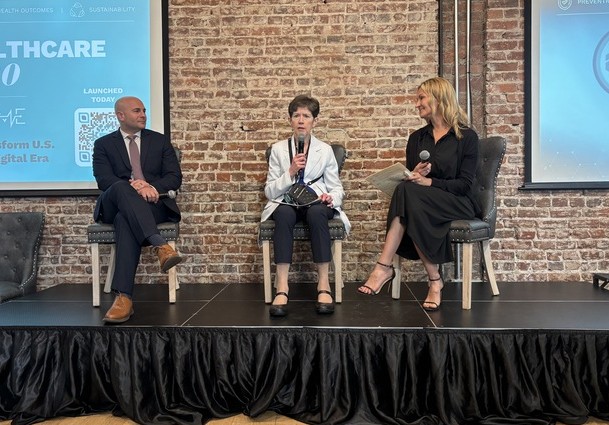
"The expansion of these programs was spurred by the pandemic, during which clinicians devised creative solutions when in-person care wasn't possible, she explained. For example, she recalled when acupuncture sessions shifted online during the pandemic. A VA physician quickly pivoted to holding virtual appointments teaching veterans "acu-touch" techniques they could use at home to relieve pain. This shows that innovation involves more than just technology, Clancy noted. It's about changing care delivery methods to meet patients where they are."
"Depending on which source I'm looking at, either a quarter or a third of our veterans live in rural areas. I'm not talking about lovely exurbs - I mean seriously rural. And unlike most systems, we don't have the luxury [of choosing our market.] We have to provide care to all veterans - we can't say 'that's not a good market to be in,'"
The VA has offered telehealth-based care since 2006 and has scaled programs such as tele-rehabilitation, tele-ICU and tele-oncology since the pandemic. Clinicians devised creative solutions when in-person care was not possible, including virtual acupuncture sessions teaching veterans "acu-touch" techniques to relieve pain at home. Innovation involves more than technology and requires changing care delivery methods to meet patients where they are. A quarter to a third of veterans live in rural areas, creating access challenges because the VA must provide care to all veterans. Investments in broadband and telehealth pods at community sites have saved thousands of veterans long drives for care.
Read at MedCity News
Unable to calculate read time
Collection
[
|
...
]